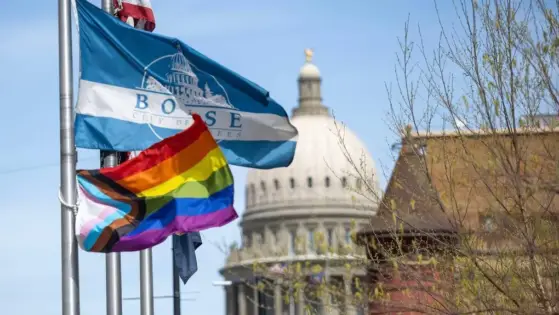One Year Later: The Five Best Results of Legalization
December 6, 2012, was the moment that Washington’s I-502 went into effect, legalizing personal possession of an ounce of cannabis. The following Monday, December 10, Colorado’s governor signed Amendment 64, establishing the constitutional right for adults to cultivate six plants and possess an ounce of cannabis.
I was there before midnight at the Space Needle in Seattle one year ago, gathered in the cold with fellow tokers who were eager to take that first legal puff, albeit in an act of civil disobedience, since public toking is still illegal. But toke we did, counting down the seconds to legality under the watchful eye of a few police officers who let it slide. This year on the anniversary date, activist Ben Livingston secured a permit for a pot party at the Space Needle, surrounded by privacy fencing, all approved by the local authorities.
My, how much the world of weed has changed in one year of legalization. Here are the top five benefits of legalization in Colorado and Washington and how it’s changed the world.
This would be the most obvious benefit. Even before legalization took effect, prosecutors in King, Pierce and Clark Counties, Washington, dropped at least 250 pending marijuana cases. Since then, pot arrests are way down in both states – for example, in Larimer County, Colorado, pot arrests dropped by almost two-thirds – but we won’t know the full statewide data until the FBI Crime Report comes out for 2013. However, it’s not just people who would have been busted for an ounce, because…
Once marijuana was no longer a contraband item, its smell was no longer a probable cause for a police officer to believe there was a crime in progress. But many other drugs are still contraband and cops want their K-9 dogs to be able to find those. So police agencies in Washington and Colorado had to de-train their drug dogs to not alert on the smell of weed. That means the cop’s dog won’t be alerting to the ounce in your pocket… or the alleged twelve pounds in your trunk.
Prior to legalization passing, Gallup, the most well-known national polling organization, asked the country what they thought of legalizing marijuana and only 48% of the public thought that was a good idea. After legalization has passed, Gallup’s latest poll shows 58% of the country agrees with legalization. It seems once legalization became a reality, it became easier for some people to envision and accept it. And even for the people who still don’t accept it, polls show they are supportive of the states that do, with large majorities saying the federal government should not interfere with Washington and Colorado and any other state that legalizes marijuana.
Prohibitionists claim that legalization will hurt the children but it seems to be having the opposite effect. In the beginning of the 2000s, when comparing teens (age 12-17) vs. older adults (age 50+) who smoke pot near-daily (>=21 times per month), there were three toking teens for every one older toking adult. Now after expansion of medical marijuana to twenty states and legalization in two, the ratio has just about flipped. There are now two-and-a-half older toking adults for every toking teen. And it’s not just that more older folks are toking – in 2001, there were an estimated 376,000 near-daily teen tokers; in 2012 the figure is 328,000.
This week Uruguay’s upper house is expected to pass the marijuana legalization bill that the lower house passed earlier this year. President Mujica has championed this bill and will sign it into law, making Uruguay the first country with a legalized marijuana market. Other Latin American countries are voicing their dissent to US-led prohibition policies at the United Nations, wondering why their countries should suffer the devastation of marijuana cartel violence when the US has two states that have legalized marijuana.






